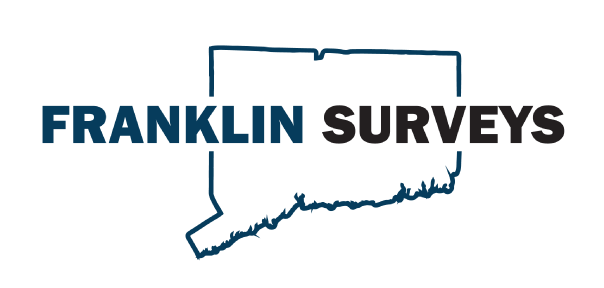Case Study: Franklin Surveys Helps Improve Fish Passage at the Winchell-Smith Dam, Farmington
Home > Case Studies > Franklin Surveys Helps Improve Fish Passage at the Winchell-Smith Dam, Farmington
Franklin Surveys was hired by long-time partner Princeton Hydro to improve the fish passage in the Farmington River, one of the first “Partnership Wild & Scenic Rivers” with designated protections to maintain the health of the river (Farmington River Watershed Association).
Our client, Princeton Hydro provides Nature-based Solutions for Watershed Management and Ecological Restoration. Since 1998, they have led 10,000+ water resource projects for over 2,000 clients, producing award-winning environmental solutions from concept to construction.
Great to hear Kevin! You are a valuable partner in these projects. As we work with other surveyors in other states, we are often reminded of how competent and professional you are relative to others.
Paul Woodworth, CERP
Fluvial Geomorphologist, Senior Project Manager
Princeton Hydro
Faced with the challenge of creating a fish passage at the Winchell-Smith Dam, described as “a low head timber crib dam that had already lost the upper two to four feet in previous high flow events,” the company needed a trusted partner to provide expertise, controls, and support for the river evaluation and survey (Princeton Hydro). Having partnered with Franklin Surveys since 2015, they turned to us for our proven reliability and expertise to address the complex issues surrounding the dam.
Years of collaboration with Princeton Hydro has fostered knowledge sharing and a deeper understanding of how both of our firms operate, ensuring the success of each project.
For the Winchell-Smith Dam project, our staff collaborated on-site to gather the necessary information, as we have done with similar projects in the past.
The survey was performed in the middle of winter, which came with the benefit of improved sightlines but also with difficulties like the inaccessibility of the upstream areas of the river. We established a linear network of controls that spanned both banks of the river for nearly a mile before we were in a position to make the required observations. The project required an on-the-ground survey of the actual dam features, including the abutments as well as the crest and toe of the spillway across the full length. The project required GPS-based topographic and planimetric information gathering, utility research, hydrographic surveying, wetlands surveying, cross section and longitudinal profile establishment and mapping, and CAD analysis and drafting. Ultimately, we delivered a high-quality digital 3-D survey model.
Together, Princeton Hydro and Franklin Surveys contributed to the ecological restoration of the Farmington River. We are proud to work with clients like Princeton Hydro on projects that create lasting environmental impacts in Connecticut.

